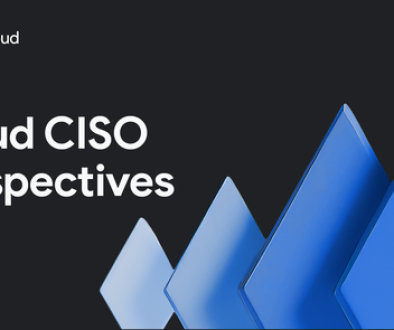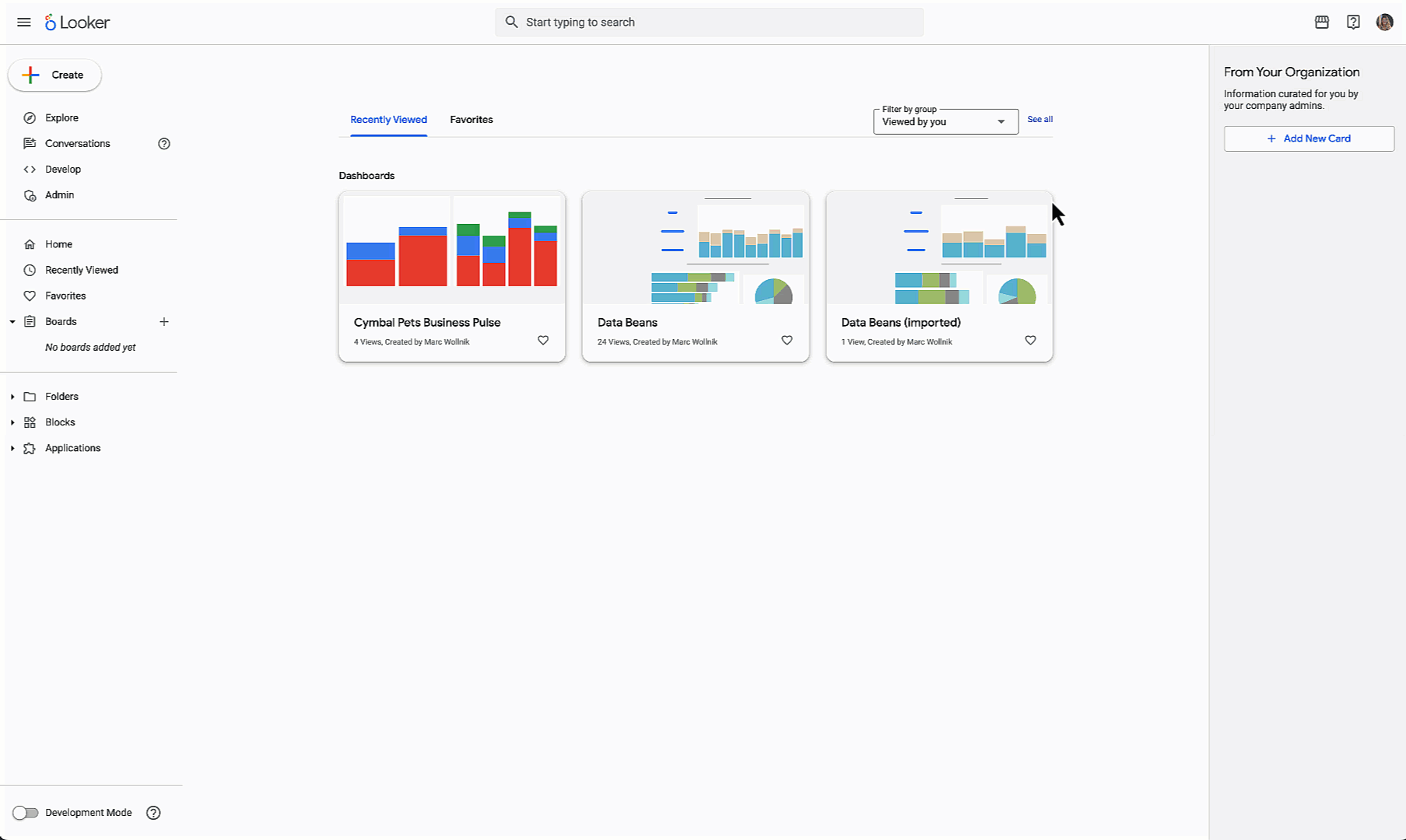GCP – How Trendyol solves cloud governance at scale with Looker
Editor’s note: Today, we’ll hear from Trendyol, a leading ecommerce marketplace and Google Cloud partner based in Türkiye, about how it uses Looker on top of its BigQuery and BigLake data lake infrastructure to allow its thousands of users to gain real-time insights while maintaining strong governance in the cloud.
The beauty of cloud environments is that rather than a “one size fits all” solution, you can choose the services you need and start using them immediately. Still, ensuring enterprise-wide best practices and compliance, such as ISO27001, can sometimes be a challenge, creating additional authorization requirements and friction between teams. This inherent conflict can lead to competing priorities between the groups consuming cloud resources and those responsible for looking out for the greater good of the organization. In fact, 69% of organizations indicate that stringent security guidelines and code review processes can slow developers significantly.
With this in mind, let’s take a look at how leading ecommerce platform Trendyol uses Looker to visualize petabytes of data ingested from hundreds of sources and achieve cloud governance at scale.
Balancing innovation and risk mitigation
Within an organization, it is rarely a single development team utilizing cloud services but a complex combination of various internal, production, and non-production applications, each vying for priority and with its own set of unique demands. Additionally, it is important to consider that various governance entities, including IT and organizational governance, as well as audit teams, may also be involved — and you need to solve for all parties.
Let’s explore the two different sides:
Freedom: Developers crave the freedom to experiment and innovate. They need to quickly prototype new ideas and bring them into production. If development cycles take longer, they are hesitant to make changes.
Governance: There needs to be governance to ensure systems are secure, reliable, and scalable. This includes enforcing coding standards, conducting security reviews, and monitoring system performance, especially for the resources shared across disparate teams.
Within cloud environments, these dynamics can prove more challenging. At Trendyol, for instance, thousands of users leverage Looker for everyday business intelligence tasks, including processing data and delivering reports that help optimize operations, personalize experiences, and predict market trends. While the majority are data analysts, there are many other types of users tapping into Looker across the company, including business users, warehouse operations, and cargo operations.
As one would expect, all of these users want to use data in their own way to speed up their priorities and make a difference in how they work, such as setting up recurring schedules to deliver data from Looker to Google Sheets. While these capabilities provide powerful ways to gain insights, it’s also important for Trendyol to ensure these actions are taken fairly and efficiently to avoid impacting experience or incurring unnecessary costs.
This is a common scenario for many organizations as they embrace cloud services. Cloud capabilities enable teams to outsource the heavy lifting and focus on more valuable business priorities. At the same time, they may not always be cautious or fully aware of risks, which can adversely impact the existing business — despite their good intentions.
Therefore, it’s critical to strike the right balance between innovation and risk mitigation to create systems that enable productivity while also being safe and reliable.
Creating trend-setting ecommerce experiences with Looker
Trendyol aims to let users explore and discover new insights while keeping its platform fast, secure and affordable. This is not just a technology challenge, but one that requires collaboration among teams and big-picture thinking.
With Looker, Trendyol can centralize key metrics from its existing tools and platforms in near real time, empowering its data analysts, business users, and other teams with streamlined data analytics and insights to power their daily workflows. Moreover, Looker provides easy ways to implement data governance, including access control features, allowlists, job scheduling, cache optimizations, and more.To ensure cloud governance and maintain flexibility, Trendyol’s data warehousing team created a set of internal mechanisms and principles using Looker. This included the following:
Creating an official allowlist. Trendyol identified its top users and content to proactively create and maintain an allowlist of scheduled jobs. This allowlist is continuously monitored for new additions and regularly sanitized in collaboration with schedule owners to determine which jobs should remain. The cleanup process is automated, allowing Trendyol to eliminate duplicate schedules and enabling schedule owners to grant permissions to allow jobs to stay on the allowlist.
Establishing forums for user collaboration. Trendyol set up formalized programs for users to join and learn from one another, focusing on how top performers are utilizing scheduled jobs. This includes regular meetings, office hours, and other forums for discussions to encourage better collaboration.
Spreading out scheduled job execution times. Updating and processing data are some of the most compute-intensive tasks in Looker. Trendyol regularly evaluates whether scheduled jobs actually require execution at peak times and explores alternatives, such as eliminating duplicate jobs, adjusting scheduled times, or removing old and unnecessary jobs.
Reviewing job frequency. Assess whether certain jobs need to be scheduled for frequent recurrence and consider reducing that rate to optimize resource utilization. For example, the team might assess whether scheduling a job once a week is sufficient to meet user needs rather than scheduling it multiple times a day.
Addressing zombie schedules. If a schedule owner leaves the company, Trendyol determines whether another schedule owner can take over their scheduled jobs. If no other schedule owner can be found, these “zombie” schedules are removed from Looker.
Delivering a Hub and Spoke model and cache optimizations. Trendyol adopted a hub and spoke architecture model, which allows the company to apply universal business logic while allowing individual teams to define their own logic and access control rules and policies. Trendyol also makes use of Looker’s smart caching mechanisms to avoid fetching redundant data for similar queries.
All together, Trendyol has found that combining these efforts and continuously working to improve them has made it possible to provide true cloud governance at scale. Trendyol can now handle more than 260,000 queries a day during peak periods and empowers more than 1,500 employees to use Looker insights for their daily work.
To learn more about Trendyol’s journey on Google Cloud, see the following:
E-commerce data warehouse migration | Google Cloud Blog
BigQuery and BigLake: Real-world data products for AI/ML at scale
Google Cloud Platform – Trendyol Tech – Medium
2021 Trendyol Data Management Day
Trendyol Data Management Day 2022
We also recommend checking out the following Google Cloud guides for more data governance best practices:
Best practices for planning accounts and organizations
Managing contacts for notifications
Security Command Center best practices
Guide to Cloud Billing Resource Organization & Access Management
Read More for the details.




